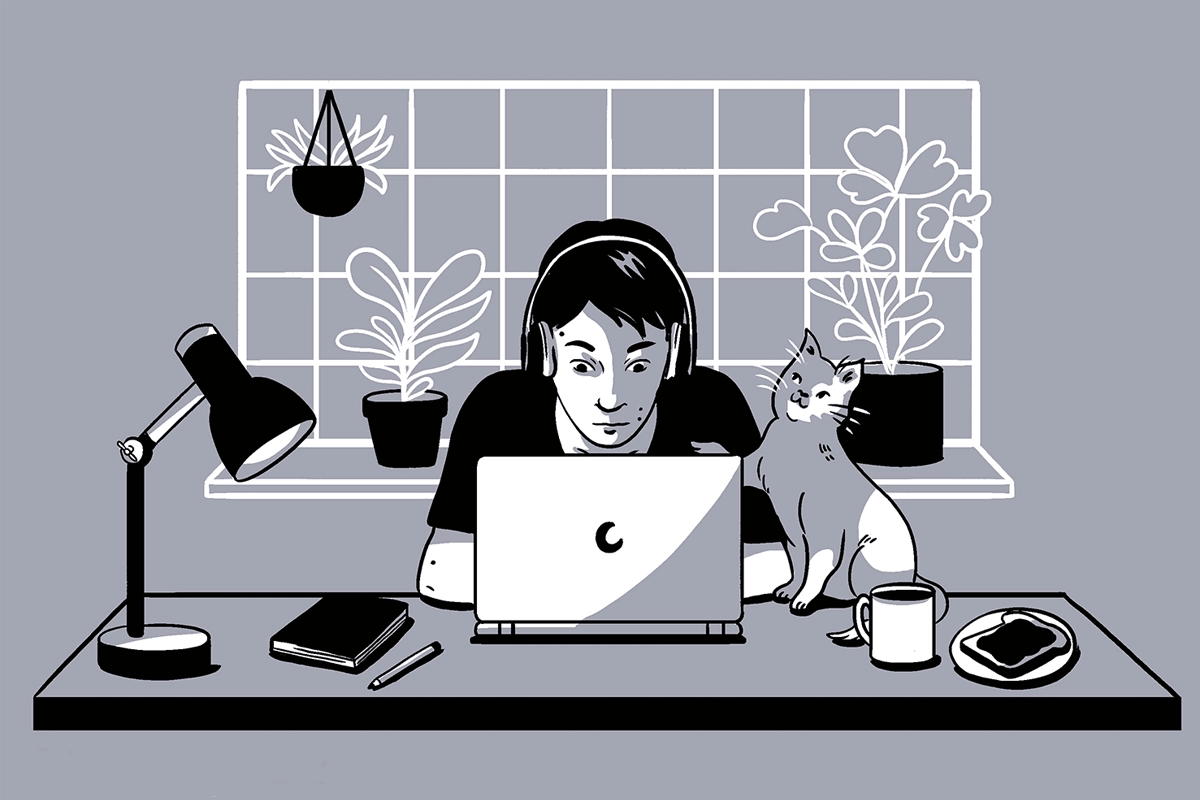As we mark over four years since the COVID-19 pandemic first reshaped our working lives, it is clear that the work-from-home (WFH) trend has firmly taken root. The abrupt shift to remote work during the pandemic has led many to question whether a return to pre-pandemic office norms is even feasible. Recent developments in New South Wales (NSW) and Victoria highlight the ongoing debate over the future of work arrangements.
This week, the NSW government unveiled new guidance requiring government employees to work from the office at least three days a week. While the policy stops short of mandating specific attendance patterns, it has sparked significant backlash. Premier Chris Minns’ social media announcement received a mixed reaction, with critics branding it a “backward step” and expressing concerns about its impact on vulnerable workers and parents.
In contrast, Victorian Premier Jacinta Allan has dismissed NSW’s move, reaffirming her commitment to flexible work arrangements. Allan’s stance underscores a broader national debate about the balance between remote work flexibility and office-based presence. According to recent data, around 37% of Australians work from home regularly, with many preferring a hybrid model that combines both remote and in-office work.
Experts offer varied perspectives on this issue. John Hopkins, Associate Professor of Management at Swinburne University, emphasizes the need for companies to tailor their work arrangements to their specific needs and workforce. He argues against rigid mandates, suggesting that a flexible approach benefits both employees and organizations.
On the other hand, Professor Stefan Volk from the University of Sydney highlights the importance of balance. While acknowledging that working entirely remotely may not always be as effective as in-office work, he advocates for a hybrid model that incorporates both flexibility and structure. Volk supports having core days in the office to ensure predictable schedules while maintaining flexibility.
The debate is far from settled. As organizations navigate these new work paradigms, it is crucial to consider the diverse needs of employees and the nature of the work being performed. The future of work will likely involve a blend of in-office and remote arrangements, tailored to optimise both productivity and employee satisfaction.












